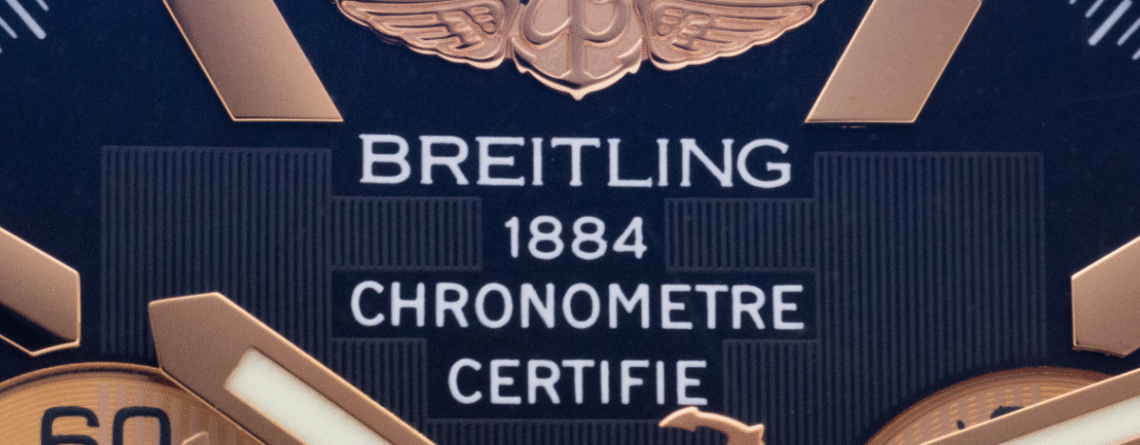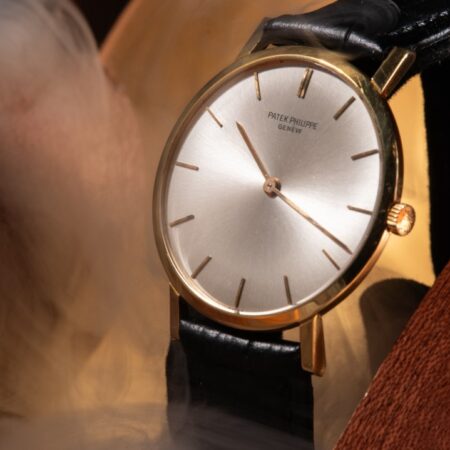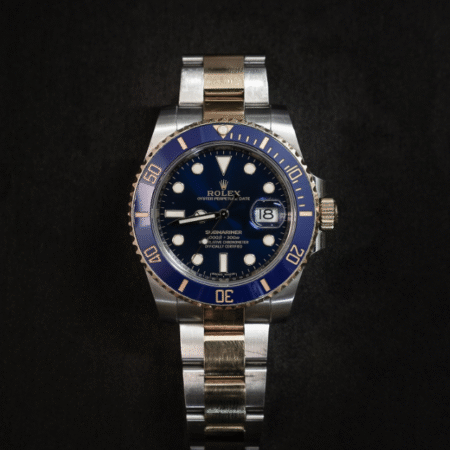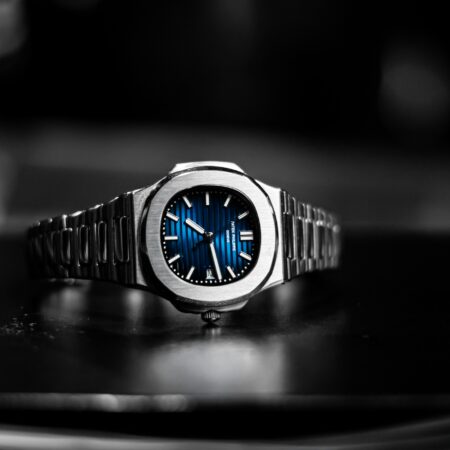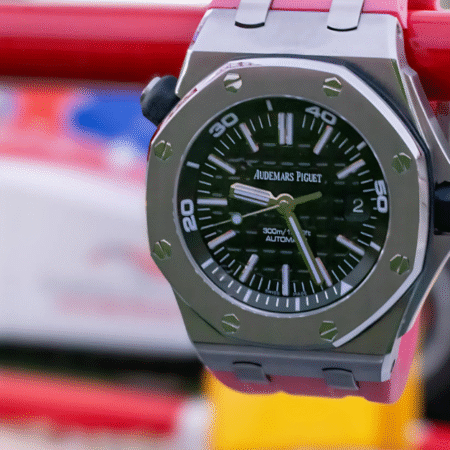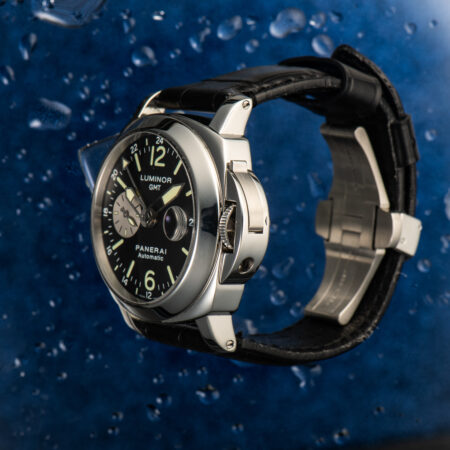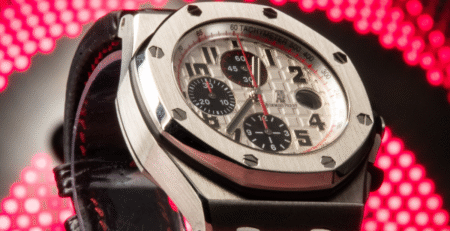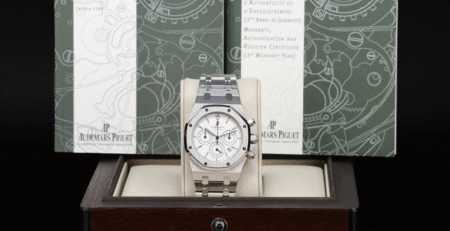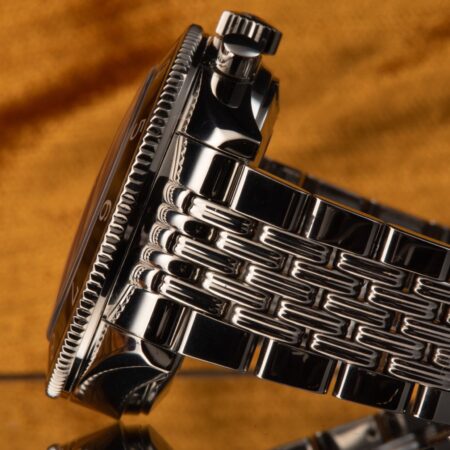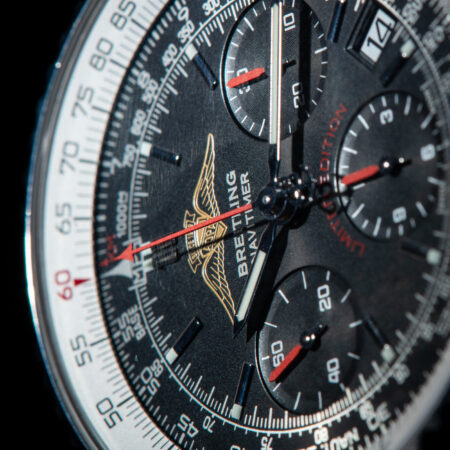While casual observers may notice case design, dial color, or brand prestige, serious collectors understand that what truly differentiates a timepiece is the engineering excellence hidden beneath the dial.
Today, I’d like to share some insights about the Breitling Caliber B01 movement found in our Chronomat 44 – a movement that represents a significant engineering achievement in contemporary watchmaking.
In-House Development — a Milestone for Breitling

When Breitling introduced the B01 caliber in 2009, it marked a watershed moment for the brand. Developing an in-house movement rather than sourcing from third-party suppliers like ETA or Sellita represents a substantial investment in both expertise and manufacturing capability.
Before the B01, Breitling primarily used modified third-party movements. The decision to develop their chronograph caliber from the ground up signaled a commitment to horological independence that relatively few Swiss manufacturers can claim.
This shift toward movement manufacturing autonomy occurred during a time of significant consolidation of movement suppliers, making the timing particularly strategic.
Technical Architecture – the Chronograph Fundamentals

The B01 was designed specifically as a chronograph caliber (not a base movement with a chronograph module added later), which brings several technical advantages:
Column Wheel Mechanism
The B01 utilizes a column wheel to control the chronograph functions, rather than the simpler cam-actuated system in many chronographs. In practical terms, this results in smoother pusher action when starting, stopping, and resetting the chronograph. You can feel the difference – the pusher engagement is precise with minimal resistance, almost like the clicking of a fine camera shutter.
Breitling Vertical Clutch System
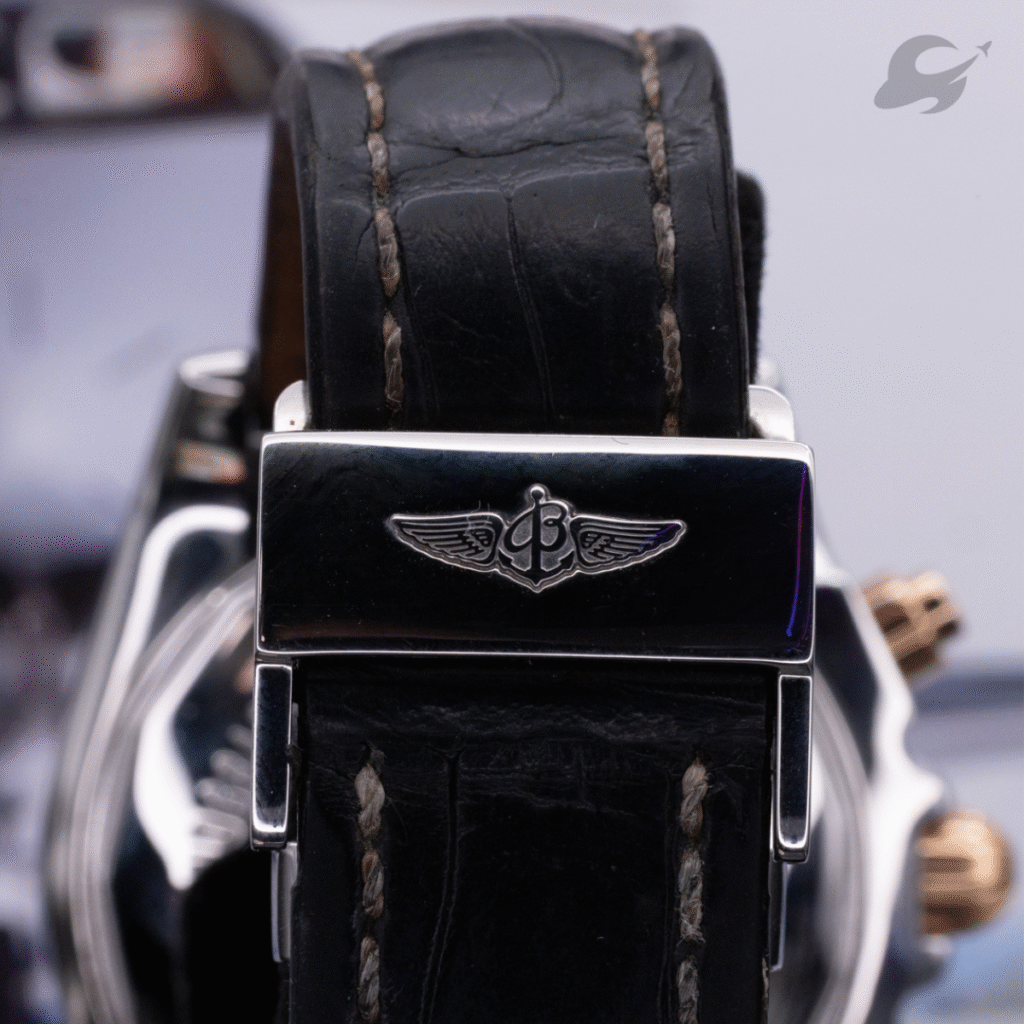
Perhaps the most significant technical feature is the vertical clutch engagement system. In traditional horizontal clutch chronographs, starting the timer can cause the chronograph’s second hand to jump slightly due to gear teeth meshing. The vertical clutch eliminates this issue by using friction plates (similar to an automotive clutch) that engage smoothly when activated.
This feature is visible in slow motion, where you can observe that the chronograph hand begins its journey with perfect stability, without the characteristic “stutter” seen in lesser chronograph mechanisms.
Chronomat Performance Specifications – Beyond the Basics

The B01 caliber isn’t just about sophisticated chronograph mechanisms – its fundamental timekeeping capabilities are equally impressive:
Power Reserve: 70 hours, allowing the watch to remain running through a weekend off the wrist
Frequency: 28,800 vibrations per hour (4Hz), the modern standard for precision mechanical movements
COSC Certification: Each movement is individually tested by the Swiss Chronometer Testing Institute and must maintain accuracy within -4/+6 seconds per day across multiple positions and temperatures
Automatic Winding: Bidirectional winding system with ball-bearing mounted rotor for efficient energy capture
Date Mechanism: Quick-set date function integrated into the movement architecture

